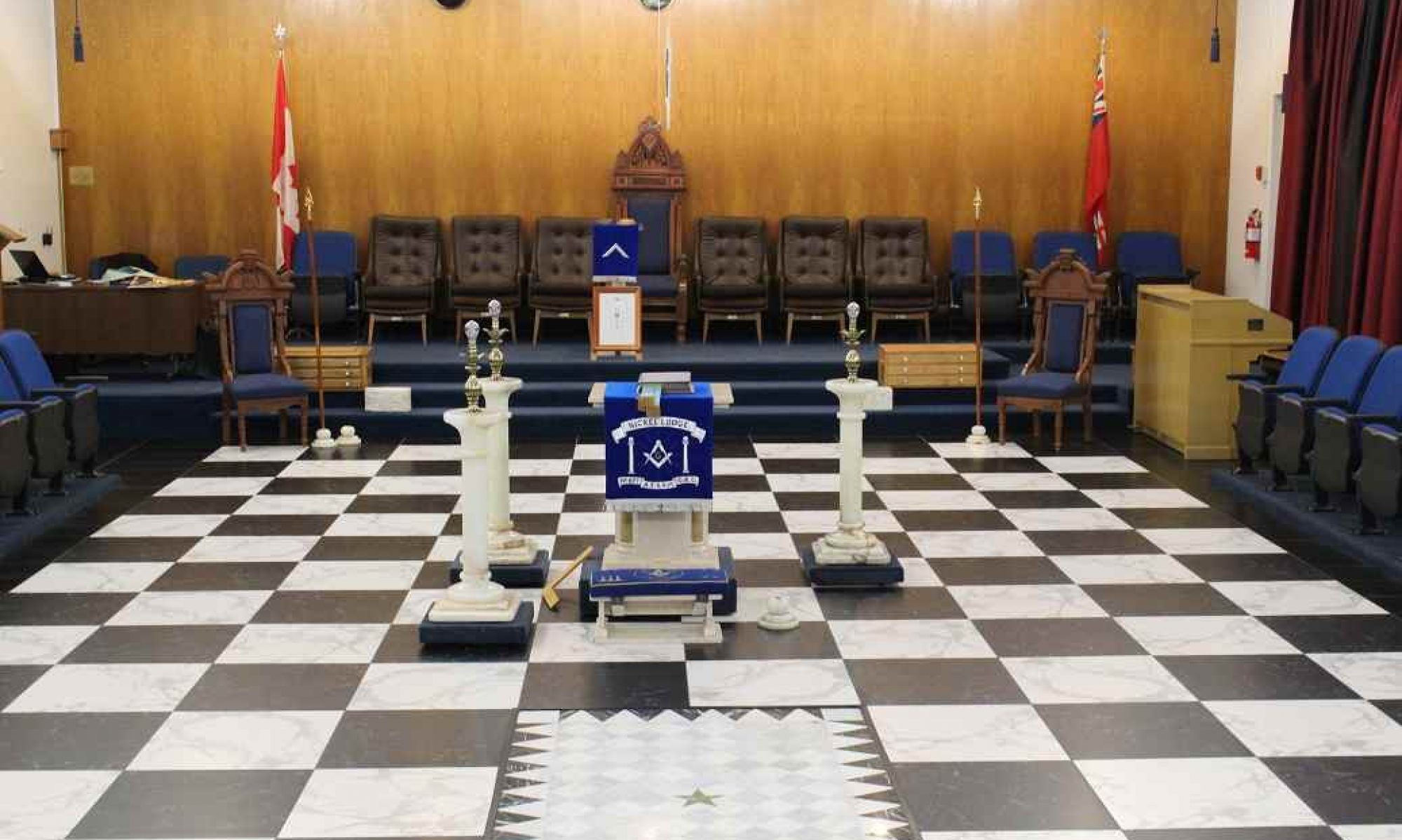In this portion of our website, I will present various articles that I hope readers will find interesting and educational. Hopefully a new one each (calendar) month. Most, if not all articles will not be my own creation, so I will indicate my source of information.
LIGHTS, GREATER AND LESSER
The distinction between the greater and the lesser lights seems to have been derived from the usages of the Ancients. They emphasized the paramount importance of the three great lights while the Moderns regarded the Volume of the Sacred Law, the square and compasses simply as lodge ‘furniture’. The candlesticks (today representing, customarily, three orders of architecture) contain the three lesser lights.
It was decreed at the Union of the two Grand Lodges in 1813 that the Master’s light is never to be extinguished or obscured while a lodge is open. That rule – it has been classified by some as a landmark! – is still widely observed.
In some Craft workings and more especially so in Continental lodges, the lighting and extinguishing of the candles are ceremonial features at the opening and closing. Although in most English lodge rooms the three lesser lights are located on tall columnar candlesticks at the right of the Master and Wardens respectively, under other jurisdictions they may well be placed around a central altar.
As to the position of the three ‘Great Lights’, in English practice they are usually on the Master’s pedestal or on one immediately in front of it. There are differences of opinion as to whether, in the circumstances, the open book should invariably face the Master or should be turned towards the West, possibly throughout the entire proceedings but certainly during the obligations. It must be observed that at no time is the Master required to recite from the Scriptures and it must also be pointed out that – in some English lodges, in most Irish and Scottish lodges and almost invariably in America and on the Continent – there is an altar at some distance from the East and it is here that the candidate kneels. On it Sacred Volume invariably face the West. However the Book is placed, the square and compasses must lie on it so that the points of the latter are towards the base of the printed page.
There is a great of useful information about the Great an lesser lights in Harry Carr’s The Freemason at Work (1976 and further editions).
If one may for a moment revert to the subject of the lesser lights , it is sad indeed that – for convenience rather than credibility – candles are so often replaced by electric lamps. Unavoidable with this means of illumination, the routine dimming of the Master’s light in a certain ceremony can scarcely convey the simulation of the ‘glimmering ray’ to which attention is so impressively drawn in one of the most moving passages of the English Craft ritual.
I thank our Webmaster for allowing me to continue in contributing to the Masonic Education portion of the website.
From ‘A Reference Book For Freemasons’ – compiled by Frederick Smyth and published in 1998.
R.W. Bro. Robert South

